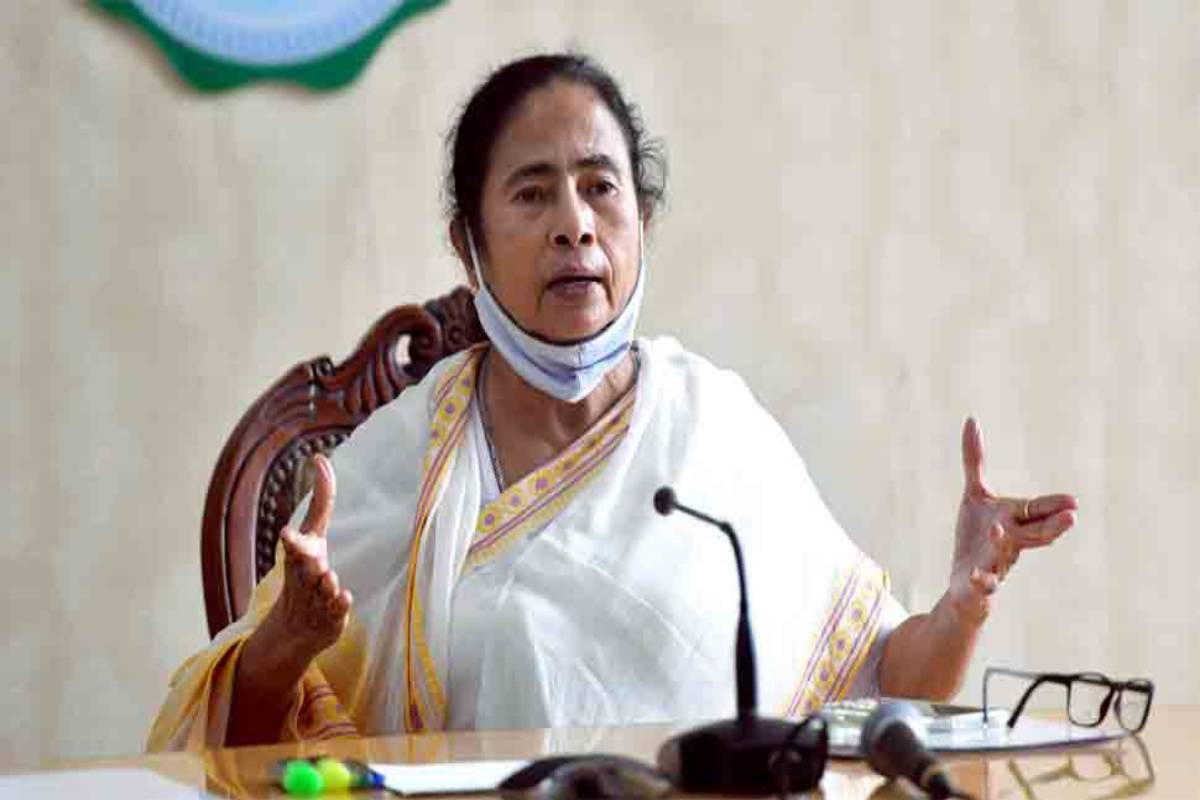After CM prod KMC councillors to start scrutiny of voters’ list
Mayor Firhad Hakim and the councillors of Kolkata Municipal Corporation are soon to hit the ground scrutinising the voters’ list in various wards of the KMC.
Citing the NationalCentre for CoastalResearch, Miss Banerjee said that 34 percent of India’s coastline of 6,907.18 km isfacing erosion

[File Photo]
Chief Minister Mamata Banerjee today sought the attention of Prime Minister Narendra Modi, who was virtually present at the second National Ganga Council, towards regular dredging in order to maintain the rivers and environment as well as urged Niti Aayog to introduce policies to protect the coastal areas that are badly affected during natural calamities. “Silting and dredging, deforestation, civil construction, and several other increased human activities are one of the foremost causes of loosening of the topsoil and increase in the discharge of debris. This then flows down through the rivers.
This unnatural and often heavy deposition then increases the height of riverbeds and reduces the water retaining capacity of the rivers,” she said at the meeting. Urging the Niti Aayog to introduce policies to protect the coastal areas that get acutely affected during natural calamities, Miss Banerjee said that the policy should include monitoring integrated coastal zone management with proper steps of coastal protection, applying useful and appropriate coastal engineering structures, and the proper implementation of the roles of exclusive economic zone along with the coastal zone regulations to protect the coastal areas.
Advertisement
Citing the recent National Centre for Coastal Research (NCCR) report, Miss Banerjee said that 34 per cent of India’s coastline of 6,907.18 km is facing erosion, while 26 per cent is accreting, and the remaining 40 per cent is stable. West Bengal, Puducherry, Kerala and Tamil Nadu are experiencing erosion of more than 40 per cent, with West Bengal being the worst affected. Raising the river bank erosion problem, Miss Banerjee suggested establishing a Flood Control Commission. In West Bengal Malda and Murshidabad districts face the problem most. In Malda district Manikchalk, Kaliachalk I and II, Ratua I and II blocks are severely affected by bank erosion.
Advertisement
The CD blocks of Murshidabad district facing the bank erosion problem year after year are namely Farakka, Samserganj (especially Dhuliyan), Suti I, Suti II, Raghunathganj II, Lalgola, Bhagawangola I and II, Raninagar I, Raninagar II and Jalangi. Miss Banerjee also emphasised on the Sundarbans Master Plan which is a comprehensive initiative towards sustainable development of the mangrove biodiversity area with the objective of conservation of wildlife through breeding and nurturing of endangered species of the region. The master plan aims to integrate and develop tourism alongside fostering the biodiversity of the region as well as to further economic growth of the region.
The upcoming Gangasagar Mela which is next to Kumbh Mela in its importance also came up at the discussion. The sewerage infrastructure under National Mission for Clean Ganga in Bengal will benefit the municipalities of Nabadwip, Kacharapra, Halishar, Budge-Budge, Barrackpore, Chandan Nagar, Bansberia, Uttrapara Kotrung, Baidyabati, Bhadreshwar, Naihati, Garulia, Titagarh, and Panihati.
The National Ganga Council has been given the overall responsibility for the superintendence of pollution prevention and rejuvenation of River Ganga and its tributaries. Namami Gange Programme is an Integrated Conservation Mission, approved as a ‘Flagship Programme’ by the Central government in June 2014 with a budget outlay of Rs 20,000 crore to accomplish the twin objectives of effective abatement of pollution, conservation and rejuvenation of the Ganga.
Advertisement